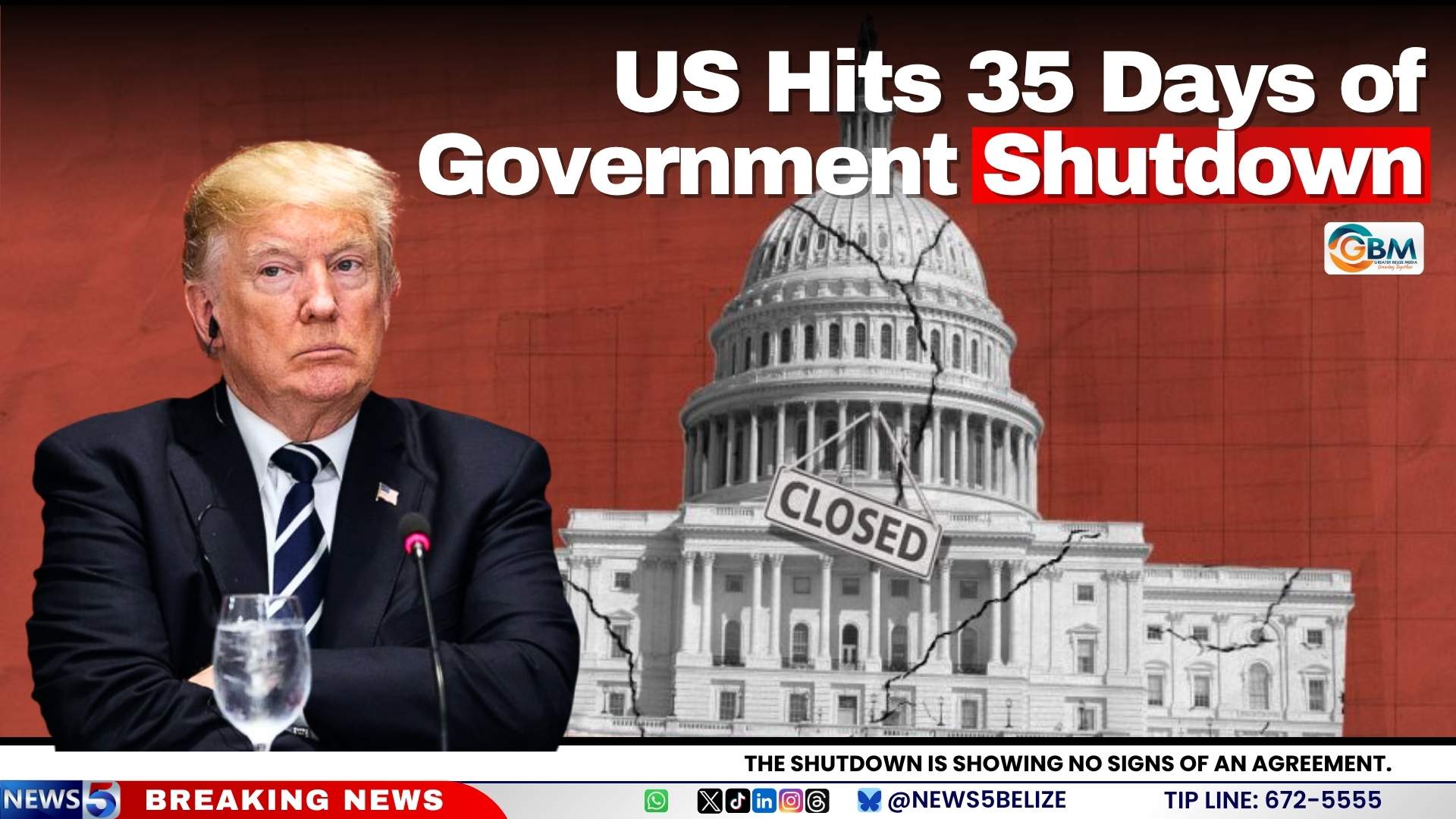The United States has reached a critical milestone as the government shutdown enters its 35th day, tying the record for the longest shutdown in the nation’s history. This unprecedented standoff, reminiscent of the 2018 shutdown during President Donald Trump’s first term, stems from a bitter impasse between Trump and congressional Democrats over healthcare and funding priorities. The prolonged gridlock has left hundreds of thousands of federal workers without pay, disrupted essential public services, and created widespread uncertainty across the country. Airports are experiencing significant delays due to staffing shortages, food banks are struggling to meet surging demand, and an estimated 42 million Americans relying on the Supplemental Nutrition Assistance Program (SNAP) are facing growing desperation as their monthly benefits remain in limbo. The shutdown’s ripple effects extend beyond domestic borders, impacting US-funded initiatives in countries like Belize, where programs supported by agencies such as USAID, the State Department, and the Peace Corps have been halted. These initiatives, which focus on climate resilience, education, governance, and security partnerships, are now in jeopardy. Social media accounts for these agencies have remained inactive since October 1, with posts citing the lapse in appropriations. While essential diplomatic and consular functions continue, non-urgent activities like visa processing, exchange programs, and grant disbursements are being handled only “as the situation permits.” With no resolution in sight, the shutdown continues to fuel concerns for both domestic and international stakeholders.
